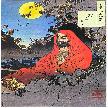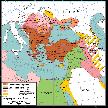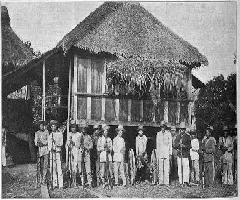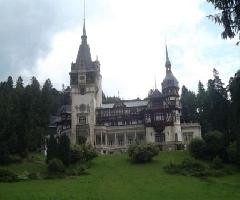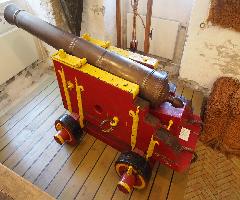

- Category :Landmarks
For those who still do not know, the Puerto Princesa Underground River in Palawan was voted as one of the “provisional 7” New Wonders of the Natural World on November 11, 2011.
Based on the on-line voting and texting all over the world, this becomes official on January 28, 2012. But, do you know what made this natural landmark be placed in the Top 7? Nor do you even know how long is the underground river which is now becoming Palawan’s biggest tourist attraction?
Even before the Puerto Pricesa Subterranean River was included in the list of the Seven New Wonders of Nature, this natural landmark was already included in the United Nations Education, Scientific and Cultural Organization (UNESCO) list of Natural World Heritage Sites.
The Subterranean River National Park is about 80 km away from the city center of Puerto Princesa, Palawan.
The mouth of the underground river was facing the South China Sea. And it was estimated that the total length of the underground river is at 8.2 kilometers. The entire length can only be accessed through a small boat.
A zoology professor named Dean C. Worcester of the University of Michigan was the first foreigner who discovered the underground river of Palawan to which he recorded on 1887.
Inside the underground cave, one can see the different size and shapes of stalactites and stalagmites which was formed from water droplets million of years ago. Aside from the enormous rock formations, one can also find large bats, a deep water hole, several river channels, and many species of marine creatures.
And on 2010, experts had discovered small waterfalls inside the cave. A cave dome or chamber with a total length of 360 meters long was also found above the underground river which is one of the largest cave rooms in the world. While the deeper area of the underground river can only be accessed through the help of breathing apparatus since there is no enough oxygen to sustain human breathing.
But before it was named as the Puerto Princesa Underground River, it is first called as the St. Paul’s Subterranean River National Park (also called as the St. Paul Underground River). This Subterranean Park is part of three communities namely Barangays Cabayugan, Marufinas, and Tagabinet.
On March of 1971, President Ferdinand Marcos signed the Presidential Proclamation renamed the area as Puerto Princesa Subterranean River National Park (PPSRNP). And in November of 1999, President Joseph Estrada signed the Presidential Proclamation which extended the area covered by the national park from 3,901 hectares to 22,202 hectares.
While on December of 2003, PPSRNP was declared as a National Geological Monument by the National Committee on Geological Sciences.
On March of 1971, President Ferdinand Marcos signed the Presidential Proclamation renamed the area as Puerto Princesa Subterranean River National Park (PPSRNP). And in November of 1999, President Joseph Estrada signed the Presidential Proclamation which extended the area covered by the national park from 3,901 hectares to 22,202 hectares.
While on December of 2003, PPSRNP was declared as a National Geological Monument by the National Committee on Geological Sciences.
Author’s note: Another compiling story and history of my motherland and its citizens.
Related Articles
The Siege Of Baler Church
Did you know that the town of Baler, particularly its church had a past that can only be read through history books?.
Romanian Landmarks: The Peles Museum
The Peles Castle, the highlight of any trip to the mountain resort of Sinaia, offers its visitors the chance to admire an incredible variety of artifacts which belong to the kings which ruled Romania in the 19th century and the first half of the 20th century. .
Cannons Found In 16th-century Shipwreck Off Haifa Coast
Three cannons have been retrieved from the Medeterrerean coast in Western Israel and throw light on the warfare of that period..


